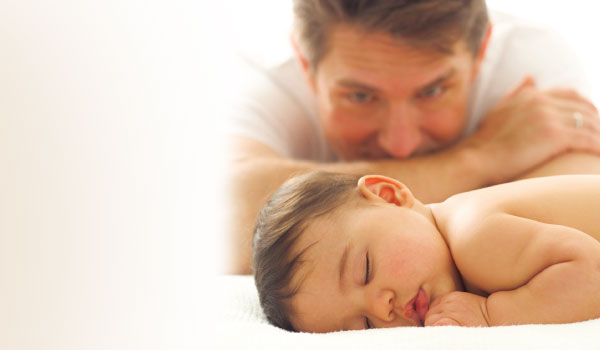There are so many things we watch out for as new parents: diet, skin and general health. How often do we pay attention to our baby’s sleeping positions?
As traumatising as it might sound, sudden infant death syndrome (SIDS) is something every parent should be aware of. It is the unforeseen, abrupt death of an infant under age one in which an autopsy does not display an explicable cause of death. It is the leading cause of fatality among infants aged one month to one year.
The cause of SIDS is unidentified. Numerous doctors and researchers now believe that it is caused by several different factors, including problems with the baby’s ability to wake up (sleep arousal) and the incapability for the baby’s body to perceive an accumulation of carbon dioxide in the blood.
On a good note, the Back to Sleep campaign launched in 1994 to get parents to stop putting babies to sleep on their tummies has been a success. In the ‘70s and ‘80s, the rate of infant deaths per 1,000 live births was 1.5; it’s now 0.5.
Parents’ guidelines
Revised American Academy of Paediatrics (AAP) recommends the following:
Always position a baby to sleep on its back including naps.
Do not place a baby to sleep on its tummy. Side sleeping is wobbly and should also be avoided. Allowing the baby to roll around on its tummy while awake can prevent a flat spot forming on the back of the head due to sleeping in one position.
Only put babies to sleep in a crib.
Never allow the baby to sleep in bed with other children or adults, and do not put them to sleep on surfaces other than cribs, like a sofa.
Let babies sleep in the same room, not the same bed, as parents.
If possible, babies’ cribs should be placed in the parents’ bedroom to allow for night-time feeding. Avoid soft bedding materials. Babies should be placed on a firm, snug crib mattress with no comforter. Use a light sheet to cover the baby. Do not use pillows, comforters or quilts.
Make sure the room temperature is not too hot.
The room temperature should be comfortable for a lightly clothed adult. A baby should not be hot to the touch.
Offer the baby a pacifier when going to sleep.
Pacifiers at naptime and bedtime can diminish the risk of SIDS. A pacifier might allow the airway to open more or prevent the baby from falling into a deep sleep. A baby that wakes up more easily may automatically move out of a hazardous position. If the baby is breastfeeding, it is best to wait until one month before offering a pacifier, so that it doesn’t interfere with breastfeeding. Do not force a baby to use a pacifier.
Do not use breathing monitors or products marketed as ways to reduce SIDS.
In the past, home apnoea monitors were recommended for families with a history of the condition. Research found that they had no effect and the use of home monitors has largely stopped.
Recommendation from experts
- Keep your baby in a smoke-free environment.
- Breast feed your baby, if possible, as it decreases some upper respiratory infections that may influence the development of SIDS. (Refer page 71 of the June 2013 issue of WTM to understand the merits of breastfeeding.)
- Never give honey to an infant younger than one year old. Honey in infants cause infant botulism, which may be associated with SIDS.





































